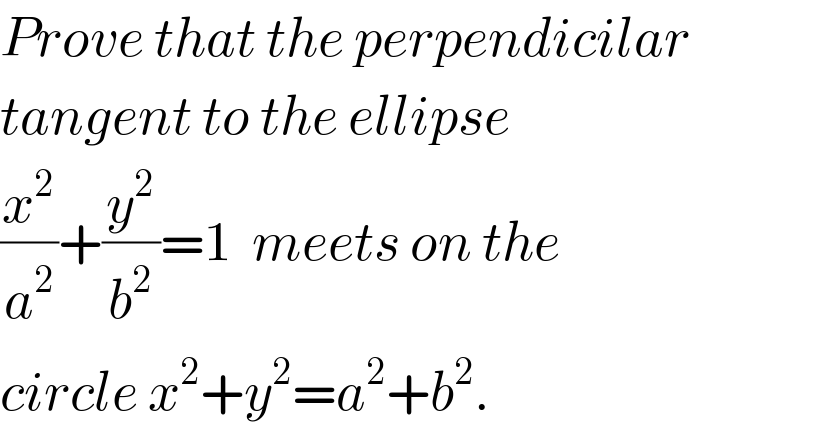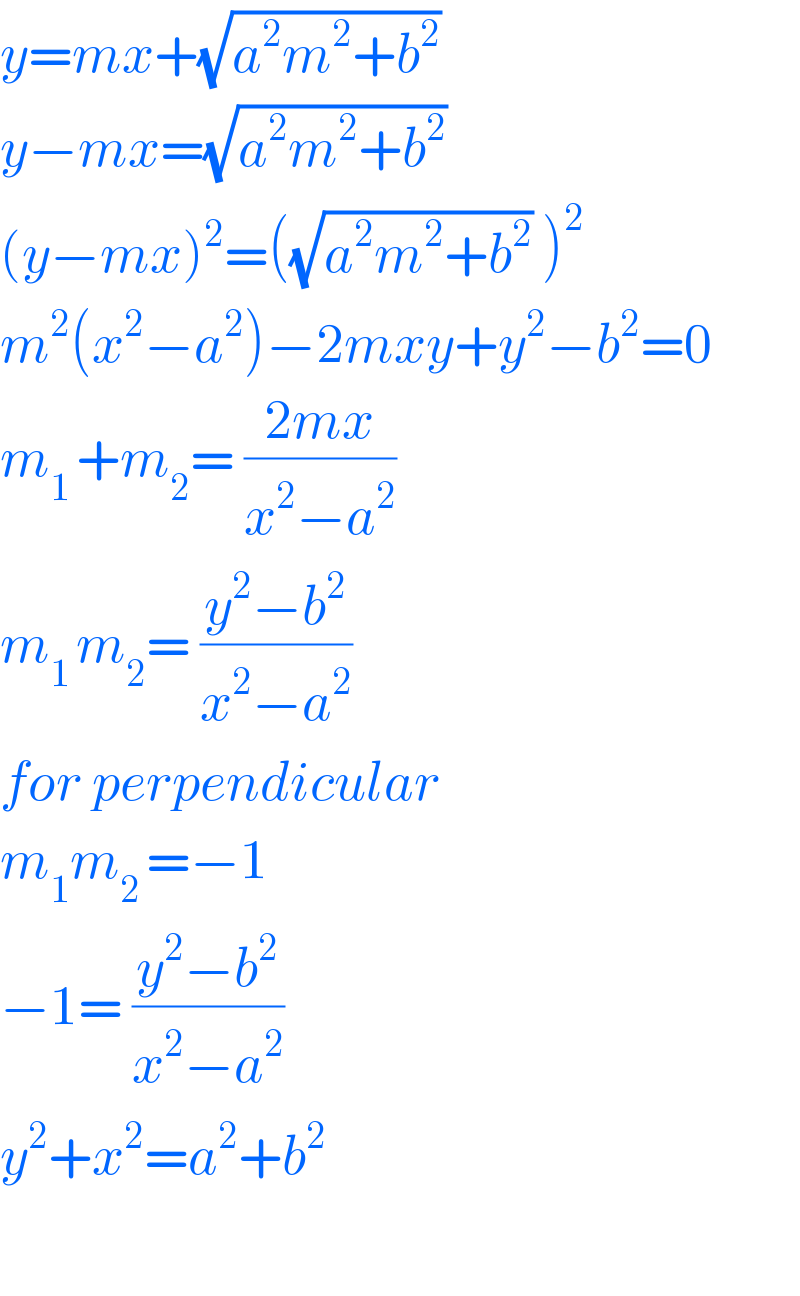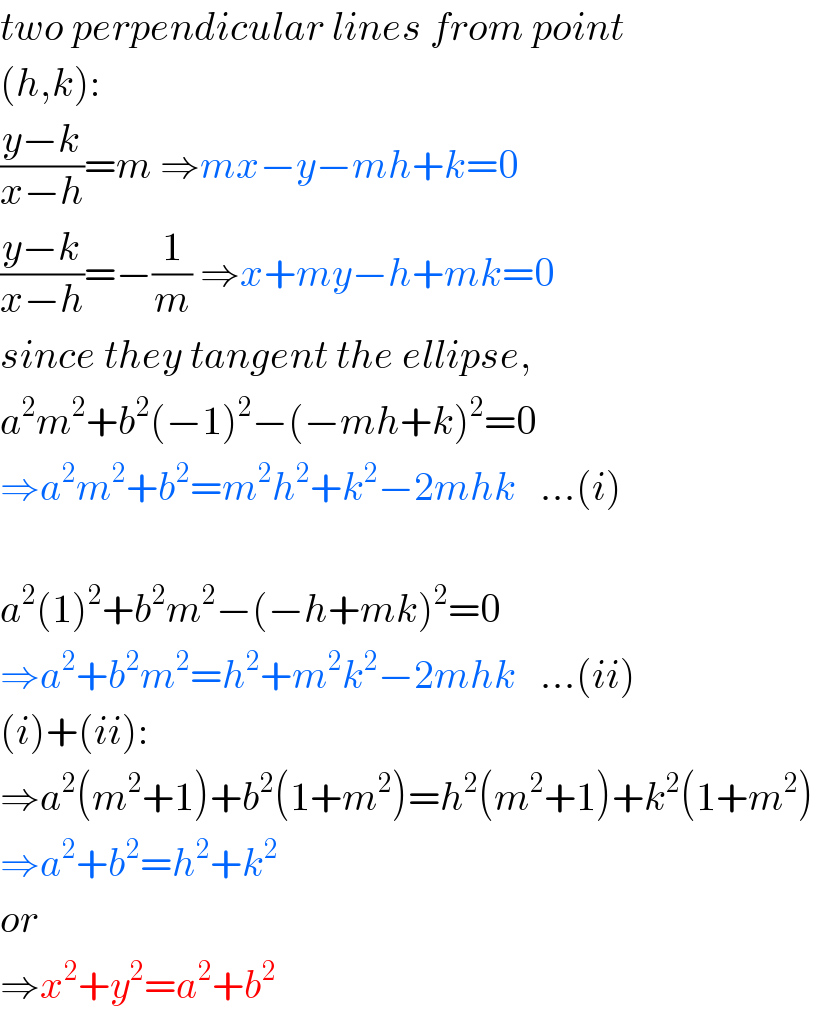
Question and Answers Forum
Question Number 51613 by peter frank last updated on 29/Dec/18

Answered by peter frank last updated on 29/Dec/18

Answered by mr W last updated on 29/Dec/18

Commented by peter frank last updated on 29/Dec/18

| ||
Question and Answers Forum | ||
Question Number 51613 by peter frank last updated on 29/Dec/18 | ||
 | ||
Answered by peter frank last updated on 29/Dec/18 | ||
 | ||
| ||
Answered by mr W last updated on 29/Dec/18 | ||
 | ||
| ||
Commented by peter frank last updated on 29/Dec/18 | ||
 | ||